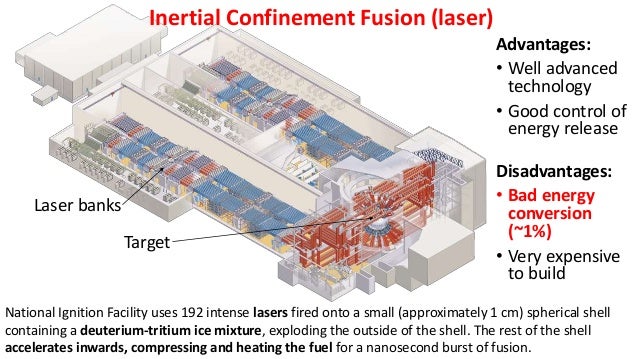Ignition Zone
Reduce vegetation and use wildfire-resistant materials in the area around the home.
- You are accessing computer and communication systems owned by AutoZone, Inc. Or its subsidiaries or affiliates. These systems contain proprietary information and are for authorized use only.
- The Home Ignition Zone. Two factors have emerged as the primary determinants of a home’s ability to survive a wildfire – quality of the defensible space around the home and the home’s structural ignitability. Together, these two factors create a concept called the Home Ignition Zone.
Taking action in the home ignition zone can affect intensity, exposure, and susceptibility. Explore your community’s risk.
NFPA's Firewise USA® program teaches people how to adapt to living with wildfire and encourages neighbors to work together and take action now to prevent losses. Join the growing network of.
About the Home Ignition Zone

The majority of homes lost to wildfire are first ignited by embers and small flames. By reducing the susceptibility of the area immediately around the home and the home itself, the chances of a home surviving an ember storm or small spot fire are greatly increased. Work in the Home Ignition Zone is also called creating defensible space.
The Home Ignition Zone is an area 100-200 feet from the foundation and includes vegetation, the home itself, and other structures or attachments like decks, furniture, fences, and outbuildings. Home hardening is an important component of the Home Ignition Zone.
The Home Ignition Zone has three subzones:
Ignition Zone Poker
- The Immediate Zone (0-5 feet from the home, including the home). This is the zone most vulnerable to embers. Install hard surfaces, use noncombustible landscaping, and don’t store materials under decks. Hardening the home to wildfire is also important.
- The Intermediate Zone (5-30 feet from the home). Use careful landscaping to reduce the continuity of fuels and help slow fire down.
- The Extended Zone (30-100+ feet from the home). Space and prune trees and vegetation to keep flames smaller, lower to the ground, and to interrupt fire’s path.

Community Tools
AIM: Action, Implementation & Mitigation
The Action, Implementation, and Mitigation Program (AIM) seeks to increase local capacity and support for wildfire risk reduction activities in high risk communities. Selected participants in AIM will receive technical and financial support and become affiliate members of Coalitions and Collaboratives, Inc. (COCO).
Hi FACNM Members,

Keep up the good work! With warmer temperatures and windy spring weather, fire season comes early in the Southwest. With this year being a drought year, it is never too early to start preparing your home for wildfire.
This Wildfire Wednesdays features:
Home Ignition Zone Webinar, March 16th: Protect your Home from Wildfire
A Wildfire Preparedness Day Toolkit from NFPA for planning an event in your community
Best,
Gabe
Home Ignition Zone Webinar: Protect your Home from Wildfire
Please join us on March 16th at 6pm mst for a Home Ignition Zone Webinar with guest speaker Captain Jerry McAdams. Through this 1-hour webinar we hope to teach our audience some simple and effective ways to reduce the risk of home ignition from flames and embers. The webinar will take place on Facebook live and will be streaming from the FACNM Facebook as well as partner Facebook pages.
Our guest speaker, Jerry McAdams, has over 20 years of experience working in the fire service. Jerry is a Senior Captain and NFPA Certified Wildfire Mitigation Specialist (CWMS) for the Boise Fire Department in Boise, Idaho.
Ignition Zone Hands Per Hour
This webinar is part of an interagency campaign to promote wildfire preparedness in 2021, centering around the theme “Wildfire Preparedness is Year-Round,' Fire Adapted New Mexico and will be hosting a monthly webinar series for March, April, and May.
Wildfire Preparedness Day Toolkit from NFPA: Plan an Event in your Community!
Wildfires across the United States have cost more than 100 lives and more than $25 billion in property losses in just the last two years. That’s why it’s so important to take steps to improve the wildfire safety of your home and community.
Put safety first. On the first Saturday in May. Take the first step by participating in Wildfire Community Preparedness Day on Saturday, May 1, 2021. There are simple things you can do in an afternoon or over a weekend that research shows will help your home survive a wildfire.

Plan your project with this toolkit. Inside you’ll find the tools you need to start your own customized project, step by step. Start with a simple checklist. Then explore a list of possible projects. Move on to promoting your efforts, safety tips, funding, and more. Just turn the page.